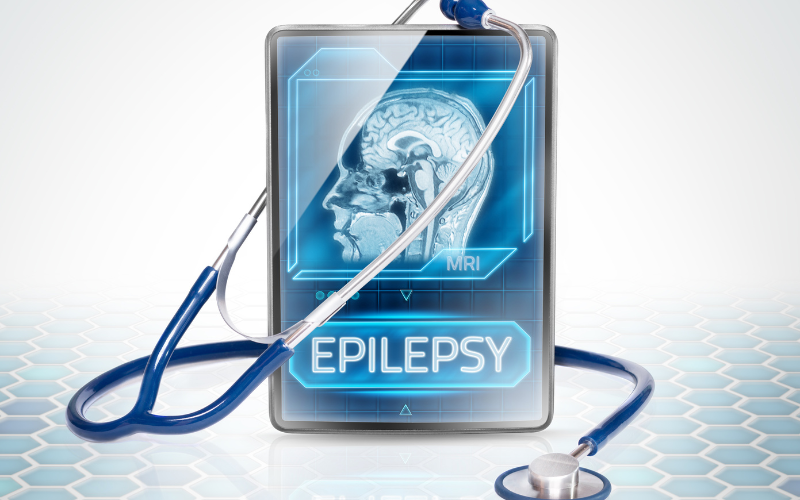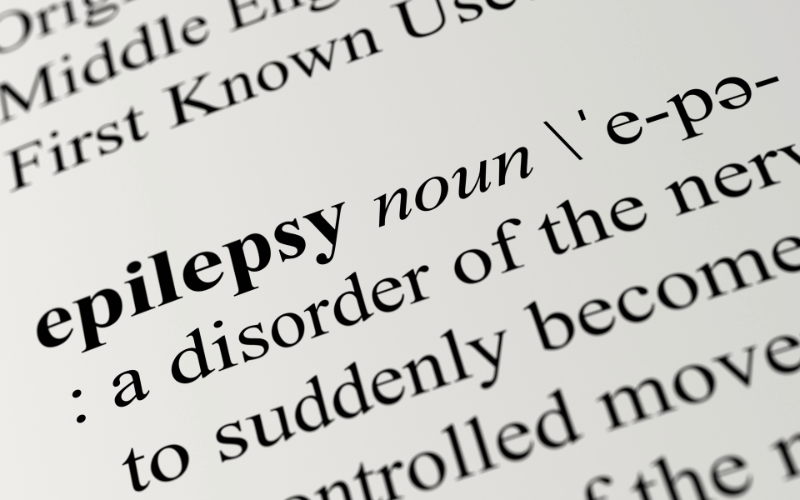Introduction: The Unveiling of Myoclonic Epilepsy

The fascinating field of neuroscience is known for its many enigmas. Among these, myoclonic epilepsy stands out as an intriguing and complex condition. This disorder, characterized by quick, involuntary muscle jerks, has touched countless lives worldwide, sparking an urgent need for increased understanding and in-depth research.
The path to gaining knowledge about myoclonic epilepsy can seem daunting to those unfamiliar with the disorder. However, the journey is a necessary one, as it forms the foundation for developing effective treatments and management strategies. To ease this path, we have gathered a list of 15 key facts about this condition.
These insights provide an invaluable resource for anyone interested in unraveling the intricacies of myoclonic epilepsy. They offer a robust base for understanding the disorder’s nature, equipping patients, caregivers, and curious minds with the information necessary to navigate the labyrinth that is myoclonic epilepsy.
Embarking on this journey of knowledge will provide a clearer view of the condition, arming you with essential information about its symptoms, diagnosis, treatment, and the ongoing research in the field. With these facts at hand, you will be better prepared to understand and manage the challenges that come with myoclonic epilepsy. So, without further ado, let’s delve into the world of myoclonic epilepsy.
1. Unveiling the Mystery: The Nature of Myoclonic Epilepsy

One of the essential truths about myoclonic epilepsy is its core characteristic: the myoclonic seizure. This type of seizure presents as sudden, brief involuntary muscle twitches or jerks. They may appear singly or in a series, often occurring upon awakening or when a person is falling asleep. The jerks could be so subtle that they are barely noticeable or so intense that they cause a person to drop things or even fall over.
Delving deeper, the myoclonic jerks observed in this condition result from a surge of electrical activity in the brain. This phenomenon shows that myoclonic epilepsy, like other forms of epilepsy, is essentially a neurological disorder. It involves the disruption of normal brain function due to abnormal electrical activity, creating an intricate puzzle that scientists are still trying to fully understand.
Understanding myoclonic epilepsy also means acknowledging its unpredictable nature. The occurrence of myoclonic jerks isn’t something one can set a clock to. Some people might experience them daily, while others might have these seizures less frequently.
To add another layer to the complex nature of myoclonic epilepsy, it’s crucial to understand that it can be either genetic or acquired. The genetic form, known as hereditary myoclonus, usually becomes apparent in childhood or adolescence. The acquired form, on the other hand, can develop at any age as a result of brain damage from an injury or another medical condition. (1)